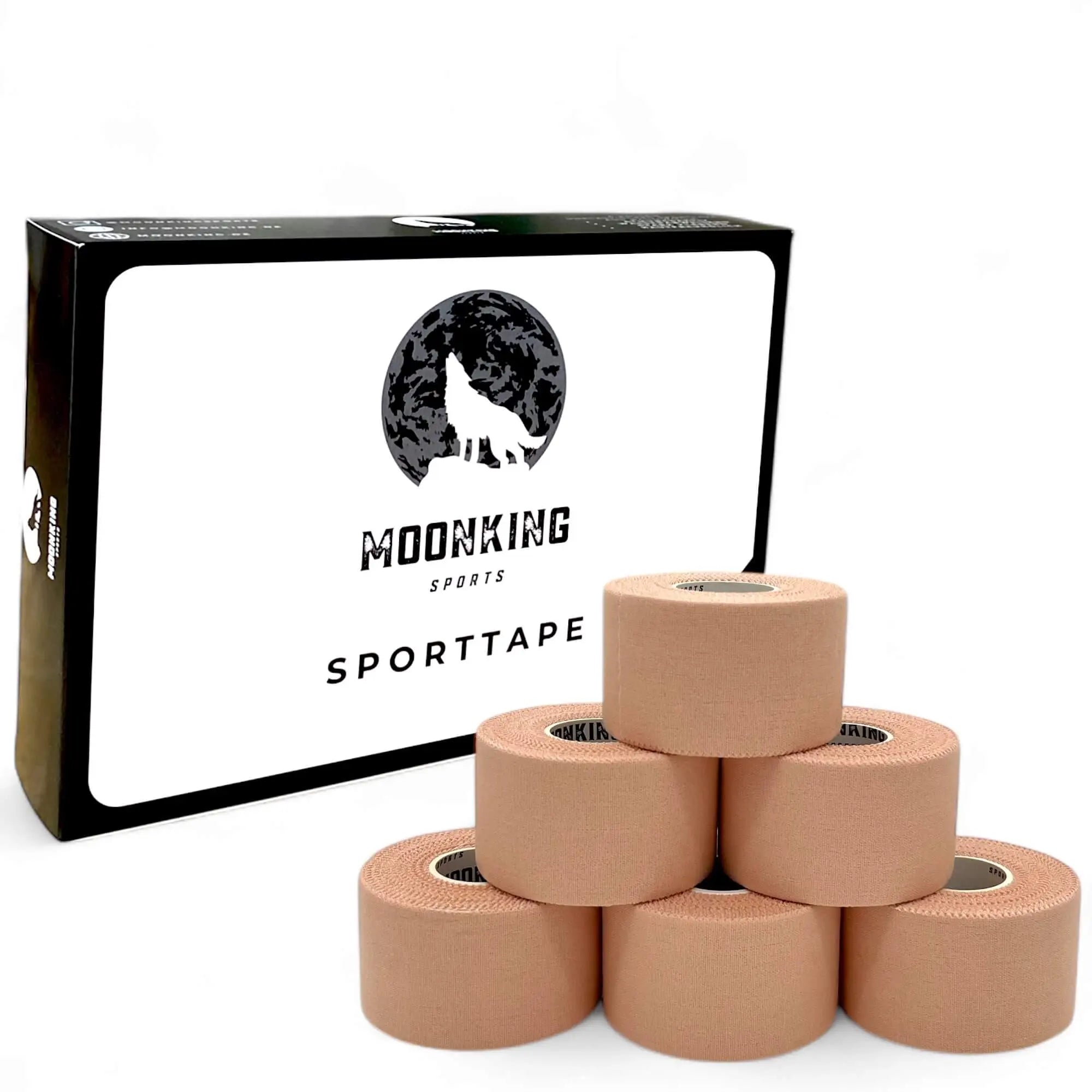Floor exercises in artistic gymnastics: structure, evaluation and requirements
Floor exercise is one of the most spectacular disciplines in artistic gymnastics – and for good reason. Here, acrobatics, elegance, and athleticism converge in a fluid sequence of movements. But what makes a good floor exercise? How is it scored? And what skills do you need to excel here?
What is floor gymnastics anyway?
Floor exercises are performed on a 12 x 12 meter resilient floor. The gymnasts perform a freely choreographed routine with acrobatic, gymnastic, and strength elements in 70 seconds (men) or 90 seconds (women). Music is used only in the women's section; for women, the combination of dance, acrobatics, and expression is mandatory.
How the evaluation works – the scoring system
For several years now, the rating system has consisted of two parts:
1. D grade (“Difficulty Score”)
The D grade is calculated from:
-
the 8 most difficult elements (for men) or the 8 highest value parts including dismount (for women),
-
the so-called element groups that must be covered (e.g. forward somersaults, backward somersaults, turns, etc.),
-
Connection bonuses for difficult elements placed directly next to each other.
For men, four groups of elements must be met:
-
Non-acrobatic elements (e.g., balance beams, handstand presses)
-
Forward acrobatics
-
Backward acrobatics
-
Somersaults with at least one full twist
For women, there are additional composition requirements , such as:
-
Combination of two different jumps (one of them with a 180° split),
-
at least one turn (e.g. pirouette),
-
an acrobatic series with two flight parts,
-
Acrobatics in different directions (forward and backward).
2. E grade (“Execution Score”)
It starts at 10.0 points and is deducted for errors:
-
Technical errors (e.g. bent knees, unclean landing)
-
Artistic deficiencies (e.g. lack of expression, no rhythm changes)
-
Compositional errors (e.g. repetitions, lack of space)
In addition, neutral deductions may follow, e.g., for:
-
Exceeding the time limit
-
Leaving the floor area
-
Pauses over 2 seconds
-
No clean use of all four corners
What makes a strong floor exercise?
A good gymnast on the floor impresses not only with difficulty, but above all with control and style. Typical combinations are:
-
Multiple somersaults with twists
-
Handstand elements with strength
-
Turns or balances on one leg (for women)
-
Creative transitions and expansive movements
Men usually show four to five acrobatic track connections (so-called diagonals), women combine acrobatic and dance elements fluidly to the music.
Typical errors and deductions
For men:
-
Unsafe landings: up to 0.5 points
-
Using the same diagonal too often: 0.3 neutral
-
Missing multiple somersaults or balance elements: 0.5 points deduction
For women:
-
No dance jump with 180° splits: 0.5 points
-
Too little expression, no change of rhythm: 0.1–0.3 points
-
No backward acrobatics: 0.5 points
Requirements for successful gymnasts
A high level in floor gymnastics requires:
-
Explosiveness for powerful somersaults
-
Technical precision for clean landings
-
Strength endurance for smooth transitions
-
Sense of rhythm (especially in women) for musical interpretation
-
Creativity to stand out from the competition
In the junior section, the focus is initially on technique and expression, later the difficulty comes to the fore.
Conclusion: The floor – the stage of artistic gymnastics
Floor gymnastics is more than just stringing together somersaults. It's the art of combining strength, dynamism, and precision in a harmonious flow of movement. Those who want to excel here need not only athleticism, but also creativity and expressiveness. This is precisely why the floor is often the highlight of the apparatus finals—for athletes and spectators alike.









